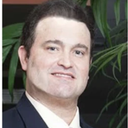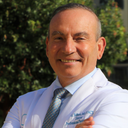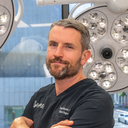Posted underBreast Fat Transfer q&a
Should I be worried about breast calcifications after fat transfer?
My upper breast is a little flat so I'm thinking about getting fat transfer. But should I be worried about calcifications in breast?
Answers (13)
From board-certified doctors and trusted medical professionals
More Breast Fat Transfer Questions
See all Breast Fat Transfer Q&AWE SEND PRETTY
EMAILS
What’s trending? Who’s turning heads? Which TikTok myths need busting? We’ve got you. No fluff, no gatekeeping—just real talk. Get our free, unfiltered newsletter.







